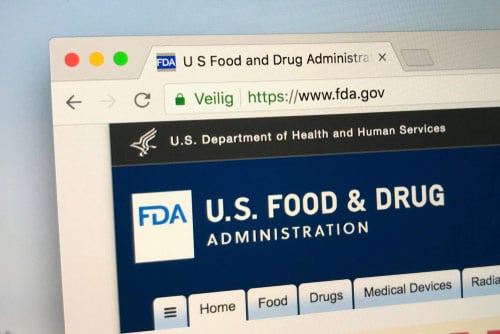Botox® Recovery Tips: 4 Dos & 4 Don'ts After Getting Botox
By Dr. Stephen Cosentino
PRESIDENT OF EMPIRE MEDICAL TRAINING
Botox® is a minimally invasive procedure that is overwhelmingly regarded as safe and effective by cosmetic practitioners and medical experts alike. Not coincidentally, it’s the most popular injectable cosmetic intervention in the United States (and many other markets).
Botox isn’t risk-free, however. The procedure has a number of well-documented side effects and complications. Though most are mild, they can be unsightly and uncomfortable, and may take a week or two to resolve.
What you do right after your Botox injection can reduce the incidence and severity of these issues. Follow these do’s and don'ts after Botox treatment to set yourself up for success.
What to Do After Receiving Botox
Your provider will give you a long list of Botox aftercare guidelines following your procedure. These are intended to maximize the positive effects of Botox and reduce unwanted side effects.
Here are the highlights.
Keep the Injection Site Clean
Infection risk rises in the days following a botulinum toxin injection. Keeping the injection site clean is crucial to reducing this risk.
Use a mild cleanser or unscented soap and water to clean the area every few hours. Avoid exfoliating scrubs or other irritants. Avoid oily skin products or supplements too, such as fish oil.
Gently Exercise Your Facial Muscles
Without rubbing the skin, gently exercise your facial muscles occasionally after treatment. Do this by making and holding exaggerated versions of everyday facial expressions. This helps distribute Botox within the treated muscles and may speed up results, which can take a few days to appear.
Avoid Other Skin Procedures or Treatments
You may receive other cosmetic treatments, like hyaluronic acid fillers, at the same time as your Botox treatment. That’s fine because it’s part of your treatment plan, but avoid any unrelated skin procedures or treatments for one to two weeks afterward. These can interfere with your Botox treatment and may cause unwanted complications.
Keep Your Head Elevated for a Few Hours
Keeping your head elevated (while sitting or standing) reduces the risk of Botox spreading immediately after treatment. You can lay down after four hours or so, so this shouldn’t affect your sleep the night after treatment. But you should try to sleep on your back that first night.
What Not to Do After Receiving Botox
Avoid these common no-nos in the hours and days after your treatment.
Exercise Vigorously
Don’t do any strenuous exercise for at least 24 hours after injection, and ideally 48 to 72 hours.
Exercise is good for you, but it can temporarily raise your blood pressure and may encourage Botox to migrate away from the treated area into nearby muscle groups. This may increase your risk of complications like “frozen smile” or droopy eyelids.
Rub or Massage the Injection Site
Lumps aren’t as common after Botox treatment as after dermal filler injections, so this isn’t necessary. In fact, the risk of bruising due to rubbing increases in the first 24 hours after treatment.
Apply Makeup
Makeup can interfere with the skin’s natural healing process and may introduce impurities that increase infection risk. Avoid it for a few days after treatment.
Drink Alcohol
Don’t drink alcohol for at least 24 hours after Botox treatment. It thins the blood and may encourage Botox to migrate away from the injection site, causing unsightly complications.


